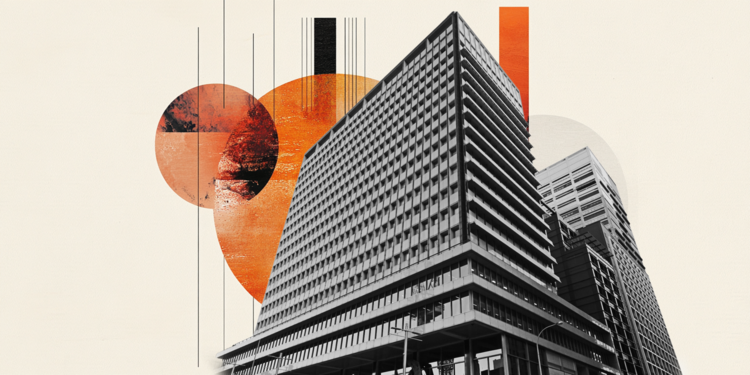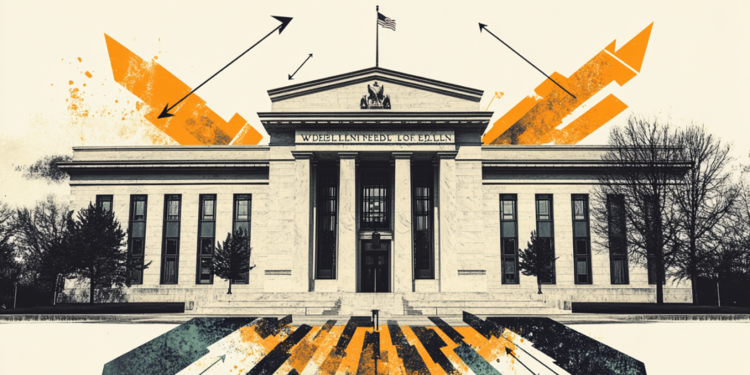Pope Francis died this morning: with his disappearance, unexpected also for many in the Curia, The complex machine of the Conclave startedthe most solemn and reserved process of the Church, the one that will lead to the election of the 267th successor of San Pietro.
The rules of the conclave
The term conclave, from Latin cum clave“With key”, evokes The total insulation of the cardinals in the Sistine Chapel, where they will be called to elect the new pontiff. The current legislation that governs this fundamental moment of ecclesial life has its roots in 1904, with the vacant constitution of the apostolic site of Pius X. This was followed by revisions and significant updates: from Pius XII to John XXIII, passing through Paul VI, which introduced the exclusion from the vote for the ultra -so -called cardinals, a rule still in force today.
The more organic regulatory intervention came in 1996 with the Apostolic Constitution Dominici Gregis universes of John Paul II, which has set the discipline of the conclave in a punctual way, prescribing that The election of the Pope can only take place “for scrutinium”, that is, with secret vote. A further revision was operated by Benedict XVI in 2007, keeping the principle of the qualified majority of two thirds to be able to validly elect a new pontiff.
Who can elect and who can be elected
According to current legislation, All unmarried baptized males are eligible, but in modern practice the election always falls on a cardinal. Only cardinals can participate in the conclave with less than 80 years at the time of the Pope’s death. Currently, of the 253 cardinals, 140 are under this age threshold, and therefore fully voters. Of these, 110 have been appointed by Pope Francis, which suggests a possible continuity with its reformist line.
The cardinals who exceed 80 years have no right to vote, but can participate, on a optional basis, in the general congregations that precede the conclavein which the situation of the Church and the challenges that await the future Pope is discussed.
In the meantime, the government of the Church is entrusted to the Cardinal Collegewhich, however, has limited powers: he cannot change laws, nor appoint bishops or perform acts that are up to the Pontiff exclusively.
How the election works
Before the beginning of the conclave, the mass is celebrated in the Basilica of San Pietro Pro Eligando Romano Pontifice. All the Cardinal Vlectors participate and formally start the rites of the Conclave.
The cardinals then proceed in procession from the Paolina chapel to the Sistine Chapel. Each cardinal wears the red guise, the spool that is the aforementioned white, the mozzettathat is, the short cape that covers the shoulders, and the capcubic hat with three rigid fins and bow on the upper part.
In the Sistine chapel, controlled and reclaimed in the previous days, all voting operations related to the conclave are carried out. The benches are mounted to host the Cardinal Vlectors and the stove to burn the sheets after each vote.
The cardinal dean pronounces the oath in Latin and then Cardinals swear on the Gospels: They must faithfully carry out the assignment in the interest of the Church and maintain the secret on what happens in the Sistine.
The master of the liturgical celebrations of the Supreme Pontiff, After the oath, he pronounces the sentence Extra Omnesall out. Only the Cardinal Vlectors remain, those with an age equal to or over 80 years cannot vote. The new Pope must obtain two thirds of the votes of those present. Two votes are made a day. Three cards are given to each cardinal, three tellers, three auditors and three in charge of collecting the votes of the sick cardinals are chosen. Each card has the writing Eligo in Summum Pontificem: Here you write the name of your candidate. When everyone has inserted the sheet into the urn by placing it on a plate, the tellers count the cards and, if the number is correct, read the names. If there is no element, another vote is immediately made. All voting documents are burned in the stove.
If the smoke that comes out of the chimney is white means that its new pontiff has been elected, a black smoke means the opposite. Every day there are two smokes: one at the end of the morning around 12 and the other at 7pm. On the ninth day, after at least 33 ballots without a positive outcome, the conclave makes a ballot between the two cardinals who have received the most votes. The times depend on the cardinal agreement, but the period of the year also counts. It took two days for the election of Pope Francis close to Easter and with Ratzinger’s resignation arrived for a month.
The elected Pope is asked if he accepts the canonical election to Supreme Pontiff. He is asked to choose a name to his positive response. He then wears the white vestments in the Sistine sacristy and is part of the Te deum final. Only after this comes theHabemus Papamthe announcement from the loggia of the Basilica of San Pietro by the Cardinal ProtodiaCono of the name of the new Pontiff.
Source: Vanity Fair
I’m Susan Karen, a professional writer and editor at World Stock Market. I specialize in Entertainment news, writing stories that keep readers informed on all the latest developments in the industry. With over five years of experience in creating engaging content and copywriting for various media outlets, I have grown to become an invaluable asset to any team.







